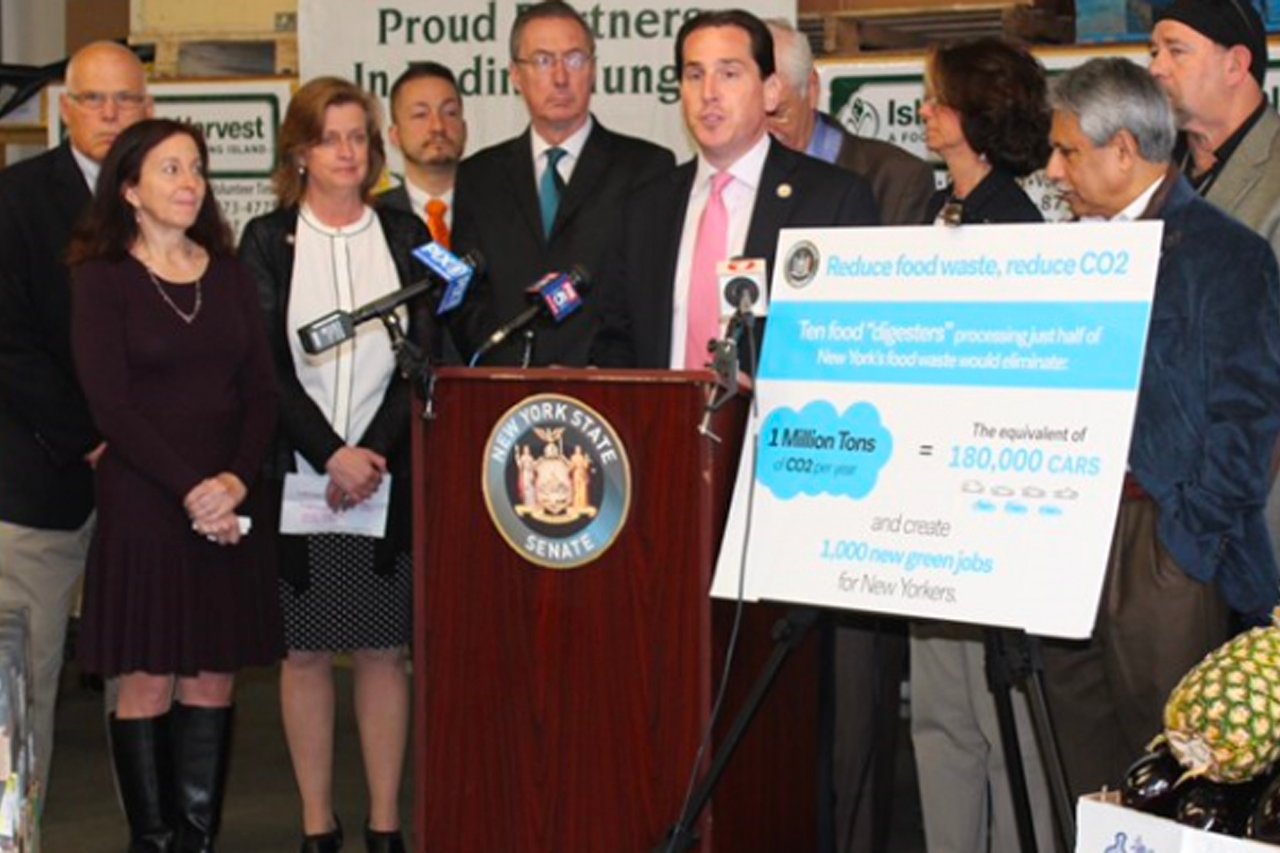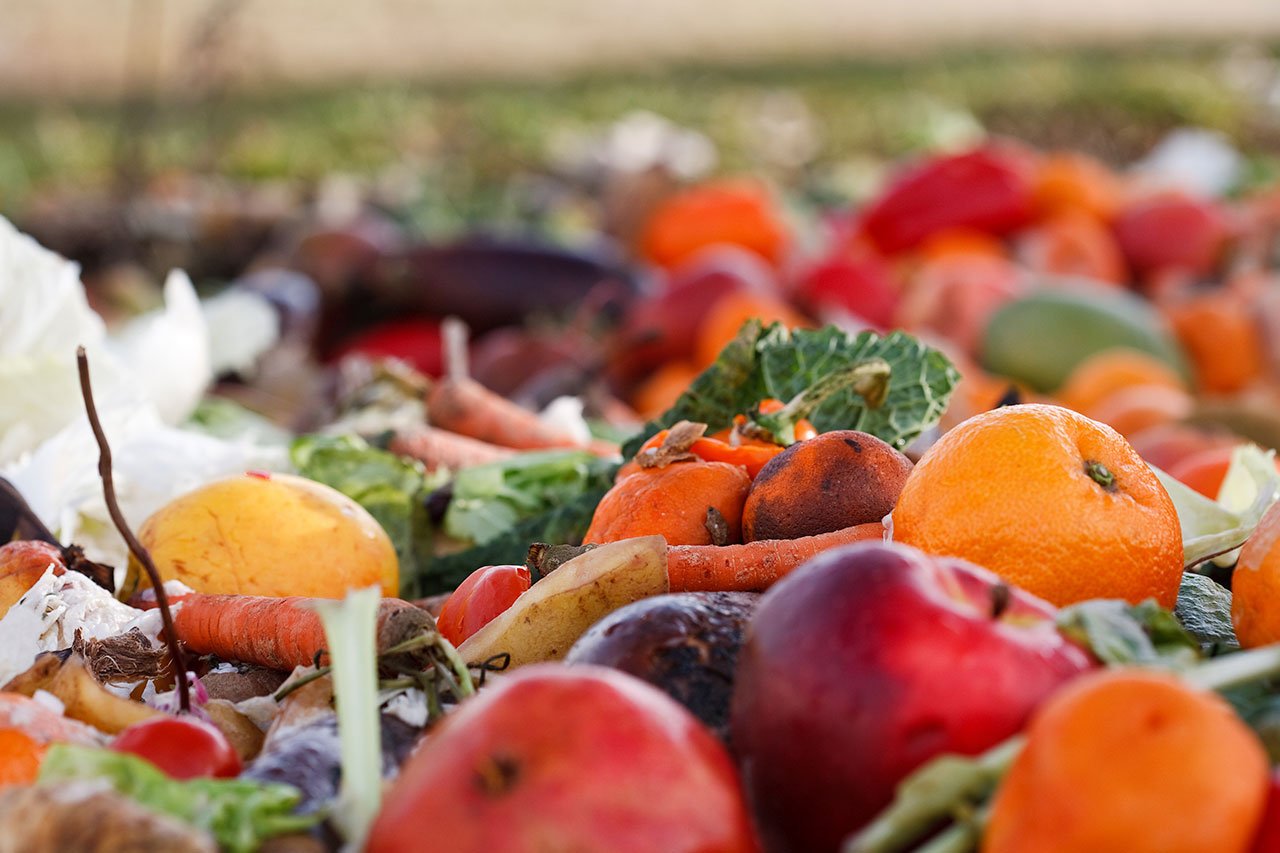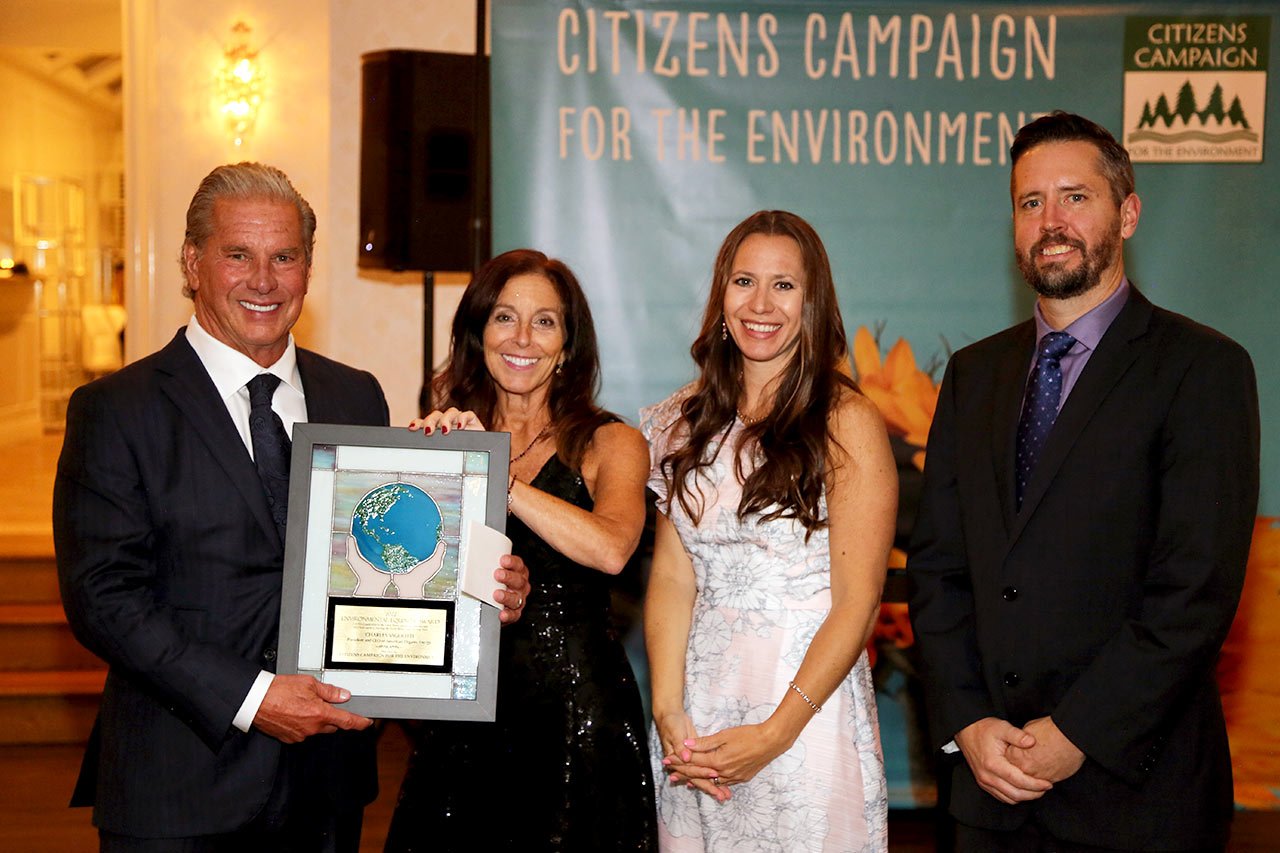New York’s 2020 budget will require the state’s largest generators of food waste to begin recycling their inedible scraps, in a concerted effort to divert from landfills and incinerators, and reduce harmful greenhouse gas emissions contributing to global warming.
Stipulated by a measure within the state budget, approved April 1, is the mandate that hotels, supermarkets, colleges, large restaurants and correctional facilities producing at least two tons of food waste per week at a single location and located within 25 miles of a recycling facility will be required to separate excess edible items for donation, while sending inedible food scraps to organic recyclers.
The new regulations do not apply to New York City, since it has already adopted a similar program to recycle food waste, nor do they extend to hospitals, nursing homes, or primary and secondary schools. While no food waste recycling facility currently exists in Nassau or Suffolk counties, American Organic Energy (AOE) is expected to break ground on a 50,000-square-foot anaerobic digester on the property of Long Island Compost in Yaphank this August.
Anaerobic digester facilities utilize microbiotic processes to transform food waste into compost, fuel, and renewable energy. AOE will process an estimated 180,000 tons of food waste per year.
From Waste to Surplus
Titled the "Food Waste Diversion Program," the eco-friendly guidelines were championed by New York State (NYS) Sen. Todd Kaminsky and Assemblyman Steve Englebright, both the chairs of their respective bodies' environmental committees. The legislators recently joined American Organic Energy (AOE) CEO Charles Vigliotti, environmental advocates, food rescue groups, and other lawmakers at the A. Holly Patterson Extended Care Facility in Uniondale to praise the measure's passage.
“Give it to us," Vigliotti told LI Herald at the event. "We’re going to make gas out of it.”
According to the nonprofit Natural Resources Defense Council, 40% of food produce nationwide is wasted; meanwhile, 2.5 million New Yorkers do not have enough to eat. By implementing a hierarchical framework proposed by the U.S. Environmental Protection Agency (EPA), the new requirements begin at the source, by working to reduce the surplus of food generated. They also demand edible food otherwise intended for landfills be redirected to feed the hungry—by donating to food banks, soup kitchens and shelters—and animals, by diverting scraps to farms.
Besides feeding less fortunate New Yorkers and reducing a tremendous amount of food waste, the new mandates also help combat global warming, by reducing harmful greenhouse gases created from the transportation and decomposition of such scraps to and within landfills.
Adrienne Esposito, executive director of the Farmingdale-based nonprofit Citizens Campaign for the Environment, lauded the measure in a Newsday article as “a gigantic accomplishment,” adding, “It decreases the waste stream, feeds the hungry, and increases renewable energy.”
In making landfills the last resort for disposal, estimates by the New York State Department of Environmental Conservation project these efforts can ultimately work to keep more than 250,000 tons of food out of landfills each year.
NYS Sen. Kaminsky, chair of the state Senate Environmental Conservation Committee, who proposed the measure, emphasized its importance in a statement on the eve of the budget's passage: “Diverting discarded food from landfills will both protect our planet and help ensure that our neighbors have enough food to eat.”
As it stands, New Yorkers currently produce more than 3.9 million tons of food scraps, the majority generated by restaurants, grocery stores and other sizable facilities. These scraps then break down and release methane into the atmosphere, which has 86 times the global warming potential of carbon dioxide.
Community Impact
While details have yet to be finalized regarding how, precisely, the state will calculate the threshold of two tons of food waste per week at a particular site, estimates suggest that nearly 1,000 facilities would have been covered under the law based upon 2018 figures. Of those, 56 were restaurants.
According to one Stop & Shop representative included within the aforementioned Newsday article, many of their grocery stores already donate excess food to regional and local food banks, and any organic perishables that are unfit to be used are taken to compost or digester facilities, rather than landfills. Going forward, all grocery chains meeting the measure's parameters must follow the same protocol.
Photo Caption (Top): NYS Sen. Kaminsky and Assemb. Englebright discuss the food waste diversion program on April 18, 2019 at A. Holly Patterson Extended Care Facility in Uniondale, backed by state senators, assembly members, officials from food rescue nonprofits Long Island Cares and Island Harvest, and American Organic Energy CEO Charles Vigliotti (far right).








